Adorning the top of the dome of the Agricultural Building at the 1893 World’s Fair in Chicago was Augustus Saint-Gaudens’ marvelous statue of Diana. The golden huntress previously had stood high above New York City, atop Madison Square Garden. That was the problem: she stood when she should have rotated.
Installed on the building’s tower in the fall of 1891 as a graceful weather vane, Diana resisted smooth rotation in the wind. Both Saint-Gaudens and Madison Square Garden architect Stanford White recognized that the statue was not only too heavy to carry out her function but also out of proportion with the tower. After less than a year, Diana came down–to the dismay of New Yorkers who had fallen in love with the lithe beauty and to the relief of moral crusaders who viewed the nude figure as a corrupting influence on the weak citizens below.
So Diana‘s great arrow pointed toward the “boundless west” as she traveled to the fairgrounds of the World’s Columbian Exposition in Chicago. Just a few years earlier, the Windy City had snatched the Fair itself from New York, and now Gotham was now suffering another loss.
New York Times music critic William James Henderson (1855–1937) penned the verse reprinted below for the September 18, 1892, issue of the paper. In his verse, he pokes fun at the kerfuffle caused by the installation and removal of Diana of the Tower. Notes about Henderson’s many references to persons, events, and other subjects can be found after the poem.
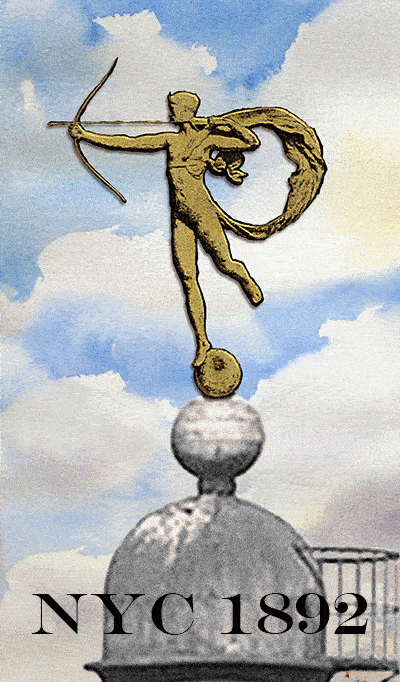
To Diana Off the Tower
by W. J. Henderson
“Abiit, excessit, evasit, erupit” —Cicero
Oh, Diana! scattered is the spell
That bound thee to us; so a long farewell.
Westward the star of virtue takes her way;
Her empty spindle scars the dome of day.
No Herostratos, hungering for fame.
Assails her temple with devouring flame;
But Seidl stops his ears against the yell,
That greets young Corbett and the late John L.
Ai, ai: the temple and yon towering void.
Where myriad Actaeons such a view enjoyed
Of great Diana, greater than of old.
Grown stout, and tall, and of material mold;
Till all the motley crowd that trod the street
Stood gaping at her contours—and her feet.
Yea, she is fled; no more her glance will urge
Bold Dr. Parkhurst neighboring streets to purge;
And in the temple men will drop a tear,
And seek surcease of sorrow in cold beer.
No more the dog show and the six-day race
Will bloom innocuous, blest by Virtue’s face;
No more will innocence bedeck the hall
At Actor’s Fairs, or eke the Arion Ball.
All maids and matrons now will shun the gate
Where Virtue ruled illuminated after eight;
And Fashion’s throng will seek some other source
To silence scandal and forbid divorce.
Oh blest Chicago! blest art though in truth
With innocence, and modesty. and youth.
To thee our goddess turns her holy eyes,
And finds in thee a haven for her size.
Too large for us, our feeble though she crushed;
But thy proud voice of praise will not be hushed.
This legend by thy sons will be unfurled:
“We’ve got the biggest Virtue in the world!
No more let futile Satire mock and sneer;
Diana flees from Gotham and comes here!”
Let no dog bark, let no one cry, “Indeed,
They’ve got our Virtue and they had some need”;
For poised aloft in they transparent air
She’ll typify to all Chicago’s fair.
Great Diana in the boundless west!
I hope they’ll buy her a new flannel vest,
For there rude Boreas is at his best.
Farewell, Diana! by the limpid lake
A fitter home for virtue though shalt make.
Let joy and praise and glad thanksgiving reign,
And Thomas lead an ode by Johnny Paine
Let Tomlins chorus and let Ziegfeld drum,
And let all the West unite in one wide hum;
“Behold the spirit of Chicago’s heart:
Inviolate Virtue and Titanic art!”
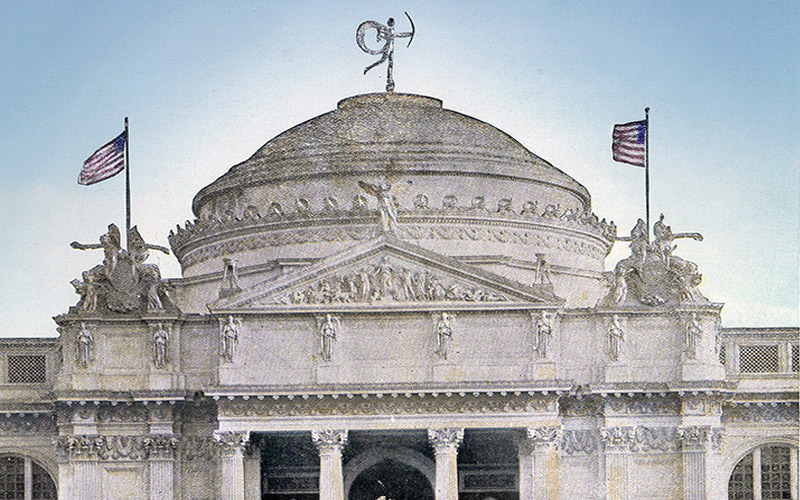
Diana above the Agricultural Building at the 1893 World’s Fair.
NOTES
“Abiit, excessit, evasit, erupit” Cicero’s quote translates as “He has left, absconded, escaped and disappeared.”
“No Herostratos, hungering for fame.” Herostratos destroyed the Temple of Artemis in Greece in 4th-century B.C.
“But Seidl stops his ears …” Anton Seidl (1850–1898) served as music director of the New York Philharmonic and conducted the world premiere of Antonín Dvořák’s Symphony No. 9, “From the New World” on December 16, 1893.
“That greets young Corbett and the late John L.” In New Orleans on September 7, 1892, heavyweight fighter “Gentleman Jim” Corbett knocked down John L. Sullivan, the first heavyweight champion of gloved boxing. Boxing was popular at Madison Square Gardens.
“Where myriad Actaeons …” The myth of Diana and Actaeon are part of Ovid’s Metamorphoses.
“Bold Dr. Parkhurst …” Charles Henry Parkhurst (1842–1933) was delivering sermons in 1892 attacking political corruption within the New York City government.
“ … the Arion Ball.” The Arion Society, a German-American musical club in New York, held annual Masquerade Balls for several decades. The 1892 Arion Ball held at Madison Square Garden celebrated the four hundredth anniversary of Columbus’s voyage to America.
“… illuminated after eight.” Diana reportedly was the first statue in history to be lit by electric lighting.
“Too large for us … ” refers to the issue of the statue’s proportion and weight noted in the introduction above.
“And Thomas lead an ode by Johnny Paine” Theodore Thomas (1835–1905) was the founder and first music directors of the Chicago Symphony Orchestra and conductor of the Columbian Orchestra on the fairgrounds. Thomas conducted “The Columbian March” written by John Knowles Paine especially for the Dedication Day ceremony [https://worldsfairchicago1893.com/2017/10/21/the-music-of-dedication-day/] of the Columbian Exposition, held on October 21, 1892. The March was performed again for the Opening Day ceremony on May 1, 1893.
“Let Tomlins chorus and let Ziegfeld drum.” William L. Tomlins served a director of the Apollo Chorus in Chicago, which also performed at the Fair. During the Columbian Exposition, Florenz Ziegfeld Sr. ran the Trocadero theater on Michigan Avenue where his son, the future theater empresario Florenz Edward Ziegfeld Jr. (1867–1932), worked.

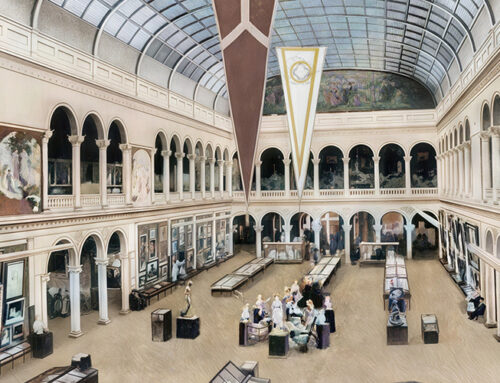
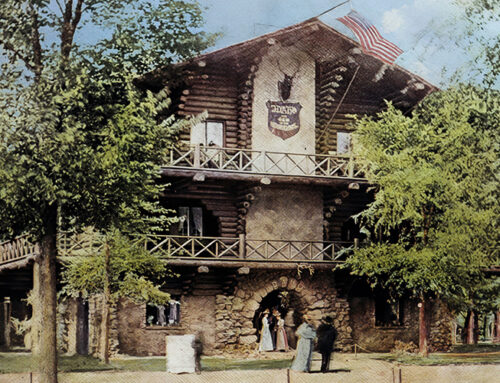
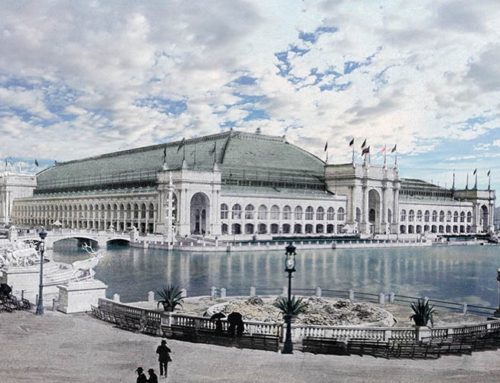
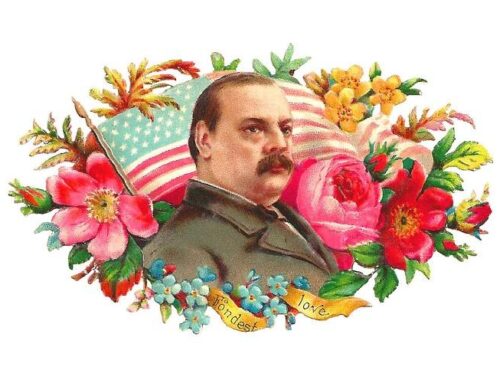
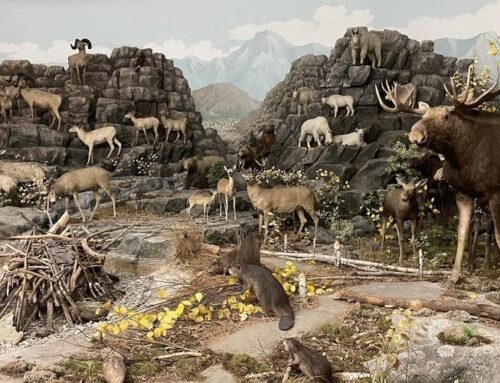
“That greets young Corbett and the late John L.”:
This seems to refer to John L. Sullivan, the first heavyweight champion of gloved boxing. In New Orleans (i.e., NOT at MSG) on 7 September 1892, he was knocked down by “Gentleman Jim” Corbett in the 21st(!) round; after being counted out, he lost his World Heavyweight title to the challenger. As Sullivan lived until 1918, “late” here apparently refers to his being the former champion. May one assume that at this time both men were New Yorkers?
https://en.wikipedia.org/wiki/John_L._Sullivan
Thanks! We’ll edit the note above with your added information.